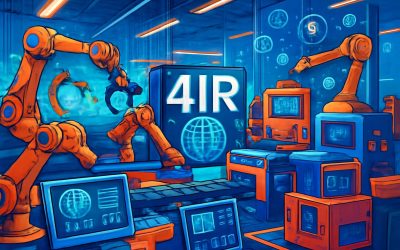
Digital technology is a broad term that encompasses the hardware and software tools that create, store and manage data. It’s also the foundation of artificial intelligence, which is used to automate business processes that previously required human involvement.
The growth of digital technology is transforming many different industries, including productions firms. Firms that are tech-savvy, flexible and adaptable will be more likely to progress as these advancements become a daily routine. This is why it’s so important for companies to invest time and money into this digital innovation. As it evolves, this will make them more competitive and enable them to better serve their customers’ needs.
While these technological advances have brought numerous advantages, they are causing a few problems as well. For example, if the digital transformation is done incorrectly, it could cause significant damage to your company’s reputation and overall success. As a result, it’s essential to work with a team of digital experts who can help you navigate the complex landscape.
Despite these challenges, digital technology is rapidly changing every aspect of our lives. This includes business, education, health and medicine, social interaction, shopping, entertainment and banking. However, the pace of this change is uneven across countries and populations. Those without access to affordable and reliable digital technologies are being left behind. This is particularly true for women, people with disabilities and the elderly. In addition, some people have more difficulty navigating new technology. This can include those with learning disabilities, mental health issues or sensory impairments.
The most commonly cited example of digital technology is computer hardware and software. While a single snippet of digital code might be as weightless as a thought, it takes a lot of energy to run the hardware and software of a global 24/7 Internet. This requires a considerable amount of natural and human resources to produce, distribute and transmit that bit of code. It also requires a substantial investment of energy to power the Internet backbone that connects all those devices together. There are also material interruptions due to weather and geopolitics that may delay putting those bits of data back together on a receiver’s device screen.
It’s less common for people to use the term digital to describe media technology, which is the storage of audio, video and text information on physical mediums. However, it still happens often, especially when discussing digital storage devices like cameras’ memory cards and USB thumb drives for moving data between computers. This is because digital technology has replaced analog technology as the transmission method for most telecommunication forms, such as broadcasting and phone calls. This transition was accomplished using analogue-to-digital converters that converted analog signals into digital ones and zeroes. The resulting digital signals were more stable than their analog counterparts and could be transmitted over longer distances. These digital signals are also easier to compress than analog signals, which require more bandwidth and can lose accuracy over a long transmission.



0 Comments